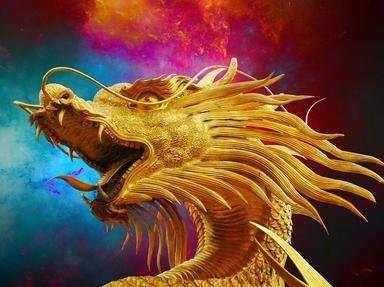
Exit, Pursued by a Bear Trivia Quiz
Bears in mythology and folklore
As a stage direction, 'Exit, pursued by a bear' gives a clear indication of how terrified one would look running from the stage. Imagine, if you would, coming face to face with these fierce bears and deities of myth and legend. How fast would you run?
A matching quiz
by reedy.
Estimated time: 3 mins.